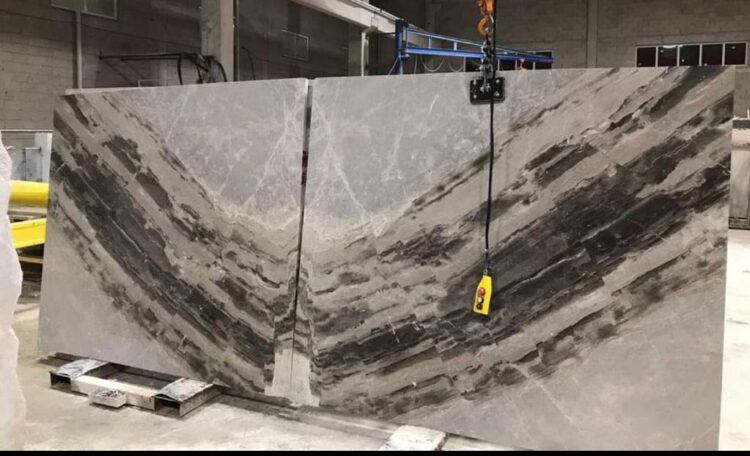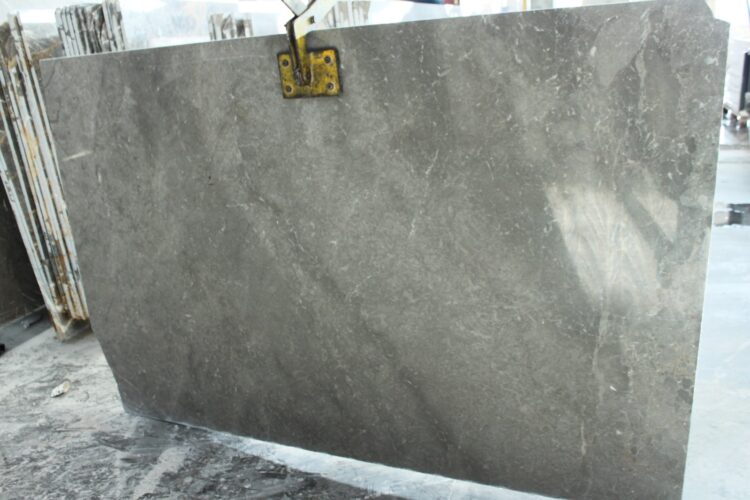Italian artist Massimiliano Pelletti ventured into the world of art by learning marble processing techniques in his hometown of Pietrasanta. After attending the Stagio Stagi Art School, he obtained a degree in Philosophy from the University of Pisa. In 2006, he gained international recognition by winning the Biennial of Young Artists from Europe and the Mediterranean. Initially using marble, the material of his homeland, in his sculptures, Pelletti later turned to different materials such as quartz, onyx, and limestone, drawing inspiration from nature. Pelletti’s works continue to be exhibited in prestigious shows such as the Alexandria Biennale and the Venice Biennale. We focused on the diversity of materials used in his sculptures and his process of drawing inspiration from nature. We briefly discussed the inspiration behind Pelletti’s works
Can you introduce yourself before moving on to your projects?
My name is Massimiliano Pelletti, I was born in Pietrasanta. My grandfather, Mario Pelletti, was a very good marble craftsman.
How does marble make you feel while working on projects made of marble?
Marble, natural stones, represent the history of the earth, its conformation that took place over millions of years. When we take a stone in our hands, it is what is most ancient that we can touch on our planet. With this awareness I approach a work trying to shape it by giving it poetry.
Which marble do you mainly use? Did you use Turkish stones?
Yes, I really like onyxes, I use them often in my work and frequently they are just from Turkey.
What do you think and how do you feel when you look at your work after completing it?
To create a work for me is to bring a contribution to a need for beauty that I have. I am proud in front of one of my finished sculptures, but my need drives me to immediately focus on the next project.
Could you share the names and features of your 3 favorite projects?
The three works I am most attached to are Atena made of calcare grottoso, an imperfect material that comes from my territory and had never been sculpted before. Two other works I am most attached to are Crystal Venus and Green Hermes, the thing I like most is that the characteristics of the material become co-authors with me in the final result.
How did your education at the Stagio Stagi School of Art in Pietrasanta and the University of Pisa shape your understanding of art? What role does philosophy play in your artistic approach?
I learned the work and the language of sculpture thanks to my grandfather Mario who was a very good craftsman. I started in his studio from an early age and gradually, playing, I learned the art and technique of sculpture. The art school was an important creative path, but even more so was Philosophy, at University, because there I could learn a language that I brought in my Art. What I am actually looking for is an aesthetic balance between the imperfection of the material and my creative action in managing the shape within it. This awareness matured in me during the course of aesthetic philosophy where I learned the notions to succeed in this; in my opinion this balance is a fundamental component to convey poetry to the viewer who is in front of the work.
How did your award at the 2006 Biennial of Young Artists from Europe and the Mediterranean mark a turning point in your career? What was the experience of exhibiting your work at major events such as the Alexandria Biennale and the Venice Biennale?
The Biennial of Young Artists from Europe and the Mediterranean was the first major art event I attended. Thanks to my Philosophy teacher that pushed me to participate, I was admitted representing, as an artist, the city of Pisa where I studied. I still remember the strong emotion and the strong heartbeat when I saw my artworks on display. From that event, a series of international exhibitions followed that made my work known and made my professional career grow. Exhibiting in contexts as important as the Biennials are the goal to which any artist aspires. I have always tried to carry on my work in the most professional way possible and the result of this has been noticed immediately by critics and experts.
What are your future art projects and goals?
I am currently working on a collaboration with an important archaeological museum. Being a project still under construction I can not give more information about it but I can say that the work will consist in comparing myself with sculptors of the ancient Greece and the ancient Rome, making my interpretations of important masterpieces of antiquity. In parallel I am creating a series of sculptures for a new church designed by a famous Italian architecture studio and weaving collaborations with important international art galleries

































 +90 532 585 51 95
+90 532 585 51 95 +90 532 585 51 95
+90 532 585 51 95